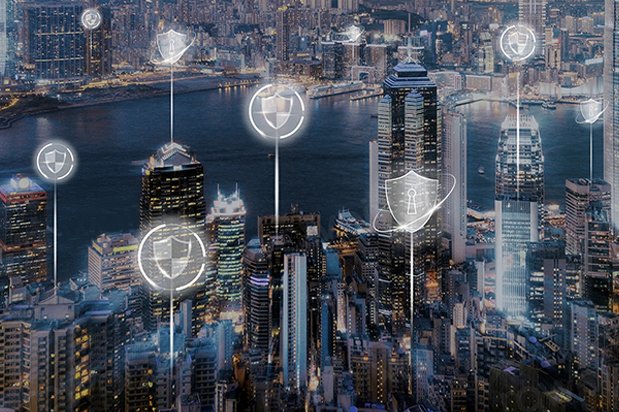Real-Time Engines, Digital Twins, and Smart Cities
Revolutionizing Urban Planning: Real-Time Engines, Digital Twins, and Smart Cities
 Digital Twins and Technology Trends:
Digital Twins and Technology Trends:
Digital twins, a key player in strategic technology trends, are converging with real-time engines to redefine urban planning. This research report explores the intersection of digital twin technology, artificial intelligence (AI), and TGS's groundbreaking real-time collaboration platform. As smart cities evolve, the amalgamation of these technologies promises not only advanced simulation and analysis but also unprecedented live collaboration for architects and engineers worldwide.
Digital twins stand among the top strategic technology trends, marking a trajectory alongside AI and ML. With increasing adoption and refinement, the synergy of digital twins and real-time engines is reshaping the connection between the physical world and its digital counterparts. Advanced simulation, operational capabilities, and AI-based analysis are driving this transformative wave.
TGS Engineers Technical Breakthrough, Challenges and Opportunities
In a realm where real-time, live collaboration is lacking, TGS introduces a pioneering platform. This innovation integrates rendering, development tools, and diverse formats, including Building Information Modeling (BIM). The platform goes beyond by enabling true collaboration for engineers and architects globally. The breakthrough allows seamless real-time collaboration, transcending geographical boundaries.
Recognizing the integral role of AI in digital twins, TGS explores embedding AI algorithms. This integration empowers digital twins with predictive analysis, anomaly detection, and scenario modeling. City planners and administrators benefit from these AI-driven insights, facilitating proactive decision-making in urban development and resource allocation.
While the potential of digital twins and smart cities is captivating, challenges persist. Privacy concerns, data security, and the absence of standardized frameworks demand attention. TGS sees these challenges not as roadblocks but as opportunities for innovation. The collaborative efforts of tech innovators, urban planners, and policymakers are pivotal in overcoming hurdles and unlocking the full potential of digital twins in smart city initiatives.
Conclusion:
As TGS continues to design our real-time collaboration and integrates AI into digital twins, the narrative of smart cities enters a new chapter. This research report underscores the transformative impact of these technologies on urban planning, emphasizing the fusion of real-time engines, digital twins, and AI. TGS's breakthroughs open avenues for new partnerships and continued partner collaboration. HeroEngine, and P3D both are providing a glimpse into a future where urban development seamlessly blends the physical and digital realms.